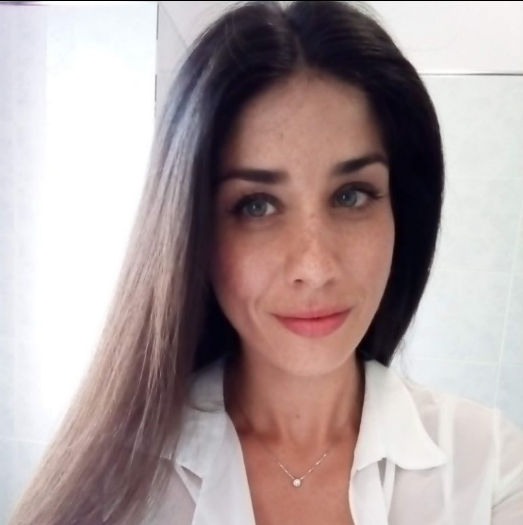Hydrogel-Based Scaffolds with a Focus on Medical Use (2nd Edition)
A special issue of Gels (ISSN 2310-2861). This special issue belongs to the section "Gel Applications".
Deadline for manuscript submissions: 30 November 2024 | Viewed by 1515
Special Issue Editors
Interests: stem cell transplantation; stem cell biology; regenerative medicine; formation of tissues and organs; mesenchymal and hematopoietic stem cells (MSCs and HSCs)
Special Issues, Collections and Topics in MDPI journals
Interests: morphology and functional imaging of cells; neuroanatomy and neurophysiology; gene therapy; cell therapy; regenerative medicine
Special Issues, Collections and Topics in MDPI journals
Special Issue Information
Dear Colleagues,
The development of scaffolds with optimal characteristics is more readily achievable in polymeric scaffolds. There is currently great research interest in hydrogel-based scaffolds.
Hydrogel-based scaffolds have recently emerged as the most promising substrates for cell cultures to generate well-defined 3D biofabricated tissue, attracting significant research attention for their potential in medical applications.
These scaffolds act as bioactive substrates and structural supports, providing topographical and chemical stimuli for cell spreading, proliferation and differentiation in vivo. Among the specific scaffold characteristics, high porosity and interconnectivity to facilitate scaffold/cell interactions, nutrient and oxygen infiltration and vascularization aim to obtain specific cellular responses. Scaffolds have sufficient mechanical properties to temporarily substitute the missing tissue and permit essential physiological functions.
This Special Issue is dedicated to the design and development of advanced polymeric scaffolds and their applications for bone/cartilage/skin regeneration in vitro and in vivo.
Dr. Federica Re
Dr. Elisa Borsani
Guest Editors
Manuscript Submission Information
Manuscripts should be submitted online at www.mdpi.com by registering and logging in to this website. Once you are registered, click here to go to the submission form. Manuscripts can be submitted until the deadline. All submissions that pass pre-check are peer-reviewed. Accepted papers will be published continuously in the journal (as soon as accepted) and will be listed together on the special issue website. Research articles, review articles as well as short communications are invited. For planned papers, a title and short abstract (about 100 words) can be sent to the Editorial Office for announcement on this website.
Submitted manuscripts should not have been published previously, nor be under consideration for publication elsewhere (except conference proceedings papers). All manuscripts are thoroughly refereed through a single-blind peer-review process. A guide for authors and other relevant information for submission of manuscripts is available on the Instructions for Authors page. Gels is an international peer-reviewed open access monthly journal published by MDPI.
Please visit the Instructions for Authors page before submitting a manuscript. The Article Processing Charge (APC) for publication in this open access journal is 2600 CHF (Swiss Francs). Submitted papers should be well formatted and use good English. Authors may use MDPI's English editing service prior to publication or during author revisions.
Keywords
- hydrogel-based scaffolds
- resorbable scaffolds
- synthesis of biomaterials
- mesenchymal stromal cells
- bioengineered models
- bone regeneration
- cartilage regeneration
- skin regeneration
Related Special Issue
- Hydrogel-Based Scaffolds with a Focus on Medical Use in Gels (9 articles)







